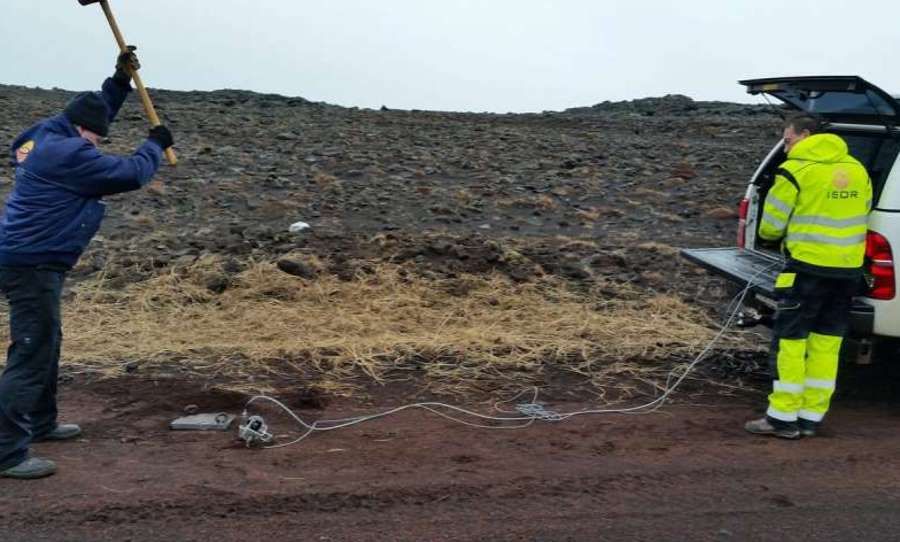Revolution in earthquake detection technology
Earthquakes may be easier to detect with fiber optic cables stretching for hundreds of kilometers and wrapping around the world. A network of cables could in the future become an early warning system for ground movements.
Scientists have successfully used a fiber-optic communication cable to assess seismic activity. Such cables are being laid around the world to provide Internet and television services. The technique has proven to be sensitive to ground shaking, but as scientists admit, it is not yet ready for widespread use.
Seismic activity is usually monitored by seismographs – precisely calibrated and expensive devices placed in sensitive locations. Most of this expensive apparatus is on land, yet about 70 percent of the. of our planet’s surface are seas and oceans.
Until now, seismic activity underwater has been measured by a network of seismographsoin placed close to the coast, but that limited research. Another way is to sink expensive equipment equipped with a battery, then extract it and check the measurementow. This has limited the ability to study earthquakes occurring beneath the ocean floor, whichore not infrequently caused deadly tsunamis. But scientists have developed yet another wayob, ktory can use nearly a million kilometers to do sooIn cables lying at the bottom of the oceanow.
Teamoł scientistsow under the direction of Dr. Philippe Jousset of the GFZ German Research Center for Geosciences testing the new technique used a 15-kilometerow fiber optics, ktory was installed between two geothermal power plants in Iceland in 1994. The cable crosses a well-known fault zoneoin the geological. The laser pulse sent out by the single trawlokno of the cable is enough to determine if there are any interferences along its lengthocenia.
– Initially, we didn’t know what we would be able to record,” Jousset told BBC News. – It turned out that we can detect earthquakes, and we can detect them from far away, he added. The results of his research were published in the journal „Nature Communications”.
The light signal has been analyzed and poroThe laser pulse, combined with data sets from a dense network of seismographsow. The results surprised even an expertow. – Our measurements revealed structural features with unprecedented resolution and gave signals rowne data points every four meters. This is a better result than any seismological network around the world – explained Jousset.
Thanks to this technique, the entire undersea cable network of about 885,000. kilometerow w length may become one big earthquake detector. However, on the finaloin the cables, appropriate instruments need to be installed, whichore, like seismographs, are not cheap. But the researchers acknowledged that they are already working on cost-effective alternatives.
The important point is that there is no need to modify the cables themselves, and the technique takes only a small fraction of the bandwidth and does notoway the entire system works.
The method used by the researchers is not new. It has applications in other fields. It has been used for years during drillingow to monitor the vesseloin the subsurface.
Dr. Elizabeth Cochran, a geophysicist with the United States Geological Survey (USGS), acknowledged that the technology, once properly refined, could potentially be applied to the systemow early warning of earthquakes.
– For early warning, we do not necessarily need very precise information. All we need to know is that there have been large ground movements in a given area. Thousands of kilometersoin cables already cutting through cities. If we can harness them, there is very exciting potential for dense sensor networksoin wherever there are cables. All that is needed is to figure out how to accurately interpret the data – Cochran said.
As Cochran rightly pointed out, a lot will depend on communications companies, whether they agree to use their cables and whether they charge for it.
